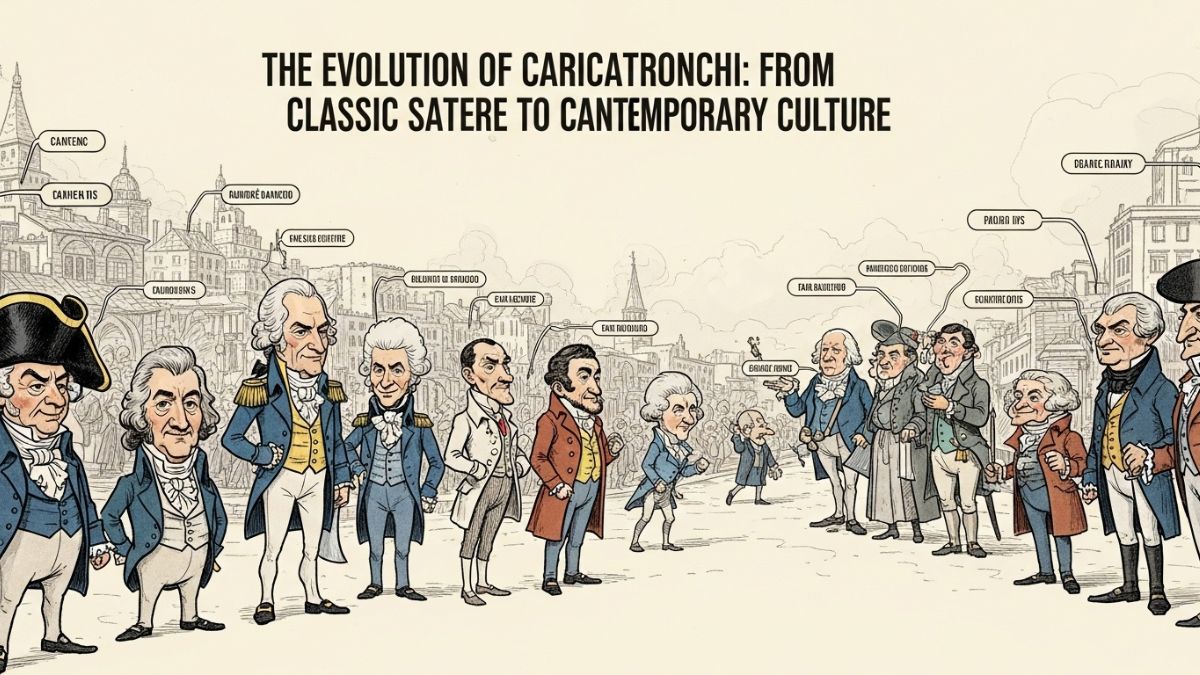Language is more than just words; it reflects culture, emotions, and human connections. One of the most common phrases people learn in a new language is how to greet someone in the morning. In Spanish, “Good morning” is “Buenos días.” This simple phrase carries more significance than just a greeting—it reflects warmth, respect, and cultural traditions.
This article explores the meaning of “Buenos días,” its pronunciation, correct usage, variations, and cultural significance. By the end, you’ll not only understand how to say “Good morning” in Spanish but also how to use it like a native speaker.
What Does “Buenos Días” Mean?
“Buenos días” directly translates to “Good days” in English. Unlike English, where “Good morning” is singular, the Spanish phrase uses the plural form “días,” meaning “days.” This structure comes from older Spanish traditions where people wished each other multiple good days ahead.
Pronunciation of “Buenos Días”
Correct pronunciation is essential to sound natural in Spanish. Here’s how you pronounce it:
Buenos (BWEH-nos)
Días (DEE-ahs)
The stress is placed on “DÍ-as,” where the í has a slight emphasis. Spanish pronunciation is phonetic, so once you learn the sounds, saying the phrase correctly becomes easier.
When to Use “Buenos Días”
“Buenos días” is used just like “Good morning” in English, but it follows some regional and cultural variations. Generally, it is said:
From early morning until noon (around 12:00 PM).
When greeting someone in formal or informal situations.
In professional settings, such as at work or in business meetings.
When entering a shop, restaurant, or any public place in Spanish-speaking countries.
After noon, the greeting changes to “Buenas tardes” (Good afternoon) and later in the evening to “Buenas noches” (Good evening/night).
Formal and Informal Usage
Spanish differentiates between formal and informal ways of speaking, depending on whom you are addressing.
Formal: When speaking to elders, bosses, teachers, or strangers, saying “Buenos días” with a polite tone shows respect.
Informal: Among friends and family, you can still say “Buenos días” casually, but sometimes, shortened versions like “Buen día” (Good day) are used.
In Spanish culture, greeting people is essential, and skipping it might be considered rude, especially in formal settings.
Variations of “Buenos Días”
While “Buenos días” is the standard phrase, different regions and countries have unique ways of greeting in the morning.
“Buen día” – Common in Argentina and Uruguay as a shortened, casual version.
“Buenos días, ¿cómo estás?” – Adds a personal touch by asking, “Good morning, how are you?”
“Buenos días a todos” – Used when greeting a group, meaning “Good morning to everyone.”
“Muy buenos días” – A more enthusiastic way of saying “Very good morning.”
These variations show how greetings in Spanish can be adapted to different social situations.
Cultural Importance of Greetings in Spanish-Speaking Countries
Spanish-speaking cultures emphasize politeness and social interaction. Unlike in some cultures where greetings can be brief or skipped, in Spain and Latin America, acknowledging others with a greeting is considered essential.
When entering a store, office, or even a waiting room, people often say “Buenos días” to everyone present. Failing to do so might come across as impolite. This cultural aspect reflects the strong sense of community in Spanish-speaking countries.
Common Responses to “Buenos Días”
When someone greets you with “Buenos días,” responding appropriately keeps the conversation flowing. Common replies include:
“Buenos días” – The simplest and most common response.
“Buenos días, ¿cómo estás?” – Adds a personal touch by asking how the person is.
“Muy buenos días” – A slightly more enthusiastic reply.
“Gracias, igualmente” – Means “Thank you, likewise,” if someone wishes you a good morning.
These responses help in maintaining polite and friendly conversations.
How “Buenos Días” is Used in Different Spanish-Speaking Countries
Though “Buenos días” is universally understood, cultural differences influence how greetings are used in different Spanish-speaking countries.
Spain: A handshake or a kiss on both cheeks (for close acquaintances) often accompanies “Buenos días.”
Mexico: It is common to greet even strangers, and saying “Buenos días” when entering a taxi or shop is expected.
Argentina: People often say “Buen día” instead of “Buenos días.”
Colombia: Formality is highly valued, and greeting people with “Buenos días” shows politeness.
Understanding these nuances can help travelers or Spanish learners communicate more naturally.
Is “Buenos Días” Used Differently in Spain and Latin America?
While the phrase remains the same, the way it is spoken varies slightly between Spain and Latin America.
In Spain: People may pronounce the s in “Buenos” with a slight lisp, making it sound softer.
In Latin America: The pronunciation is clearer, and some regions may drop the final s, making it sound like “Bueno’ día’.”
These small differences do not affect understanding, but they add a regional flavor to the language.
The Importance of Using Greetings in Spanish
Greeting someone properly in Spanish is a sign of good manners. It reflects respect and friendliness, which are highly valued in Hispanic cultures. Whether in a personal or professional setting, starting a conversation with “Buenos días” creates a positive first impression.
Even if you are just beginning to learn Spanish, using simple greetings like “Buenos días” can help you connect with native speakers. It shows effort and appreciation for their language and culture.
Final Thoughts
“Buenos días” is more than just a morning greeting in Spanish. It carries warmth, respect, and cultural significance. Whether you’re traveling, learning Spanish, or interacting with Spanish-speaking friends, using this phrase correctly will enhance your communication skills.
Learning how to greet people properly in any language is a small but powerful step toward meaningful connections. So next time you meet a Spanish speaker in the morning, confidently say “¡Buenos días!” and start the day on a positive note.
FAQs
Can I say “Buenos días” after 12 PM?
No, after noon, you should say “Buenas tardes” (Good afternoon).
What is the difference between “Buenos días” and “Buen día”?
“Buenos días” is more common and formal, while “Buen día” is a casual version used in some regions like Argentina.
How do you respond to “Buenos días”?
You can reply with “Buenos días”, “Muy buenos días”, or “Gracias, igualmente.”
Is “Buenos días” singular or plural?
It is plural because “días” means “days,” unlike the singular “Good morning” in English.
Do all Spanish-speaking countries use “Buenos días”?
Yes, it is universally understood, though some countries have slight variations in pronunciation and usage.











